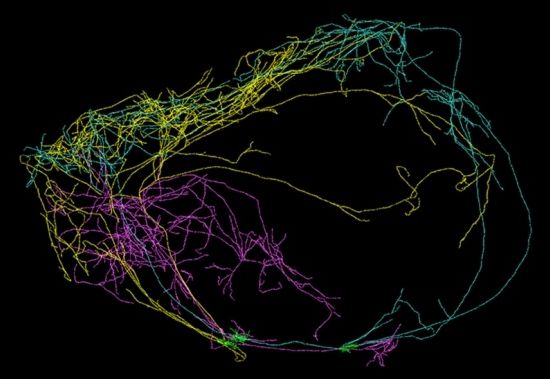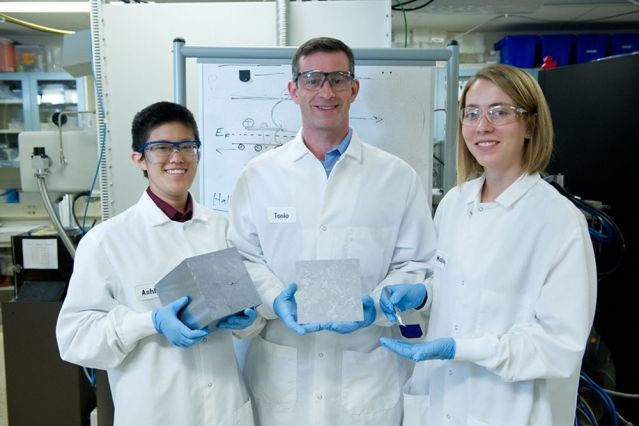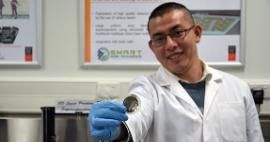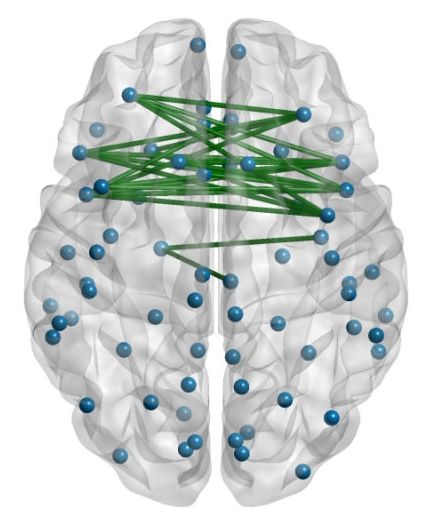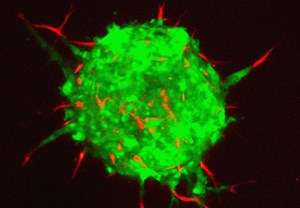Feb 26, 2017
Becoming Borg: What Is a Hive Mind in Science and Could Humanity Get There?
Posted by Shailesh Prasad in categories: cybercrime/malcode, science
In Brief
- Through the hive mind, everyone would be connected to everyone else telepathically, and we could all share our thoughts, memories, and even dreams with one another.
- Though a global hive mind would be susceptible to things like hacking or thought control, it could also lead to almost unimaginable levels of innovation.
Communication technology tends to develop in a particular direction: more people communicating across larger distances using less effort to do so. Taken to its logical extreme, perfect communication would be anyone being able to talk to anyone, anywhere, using no effort at all.
Continue reading “Becoming Borg: What Is a Hive Mind in Science and Could Humanity Get There?” »


